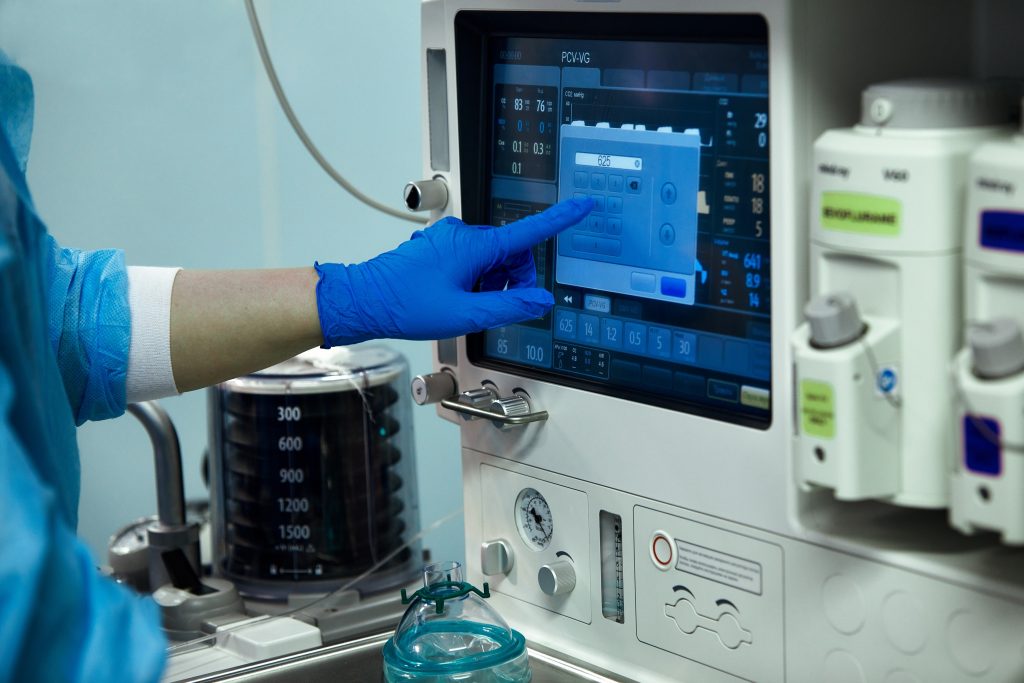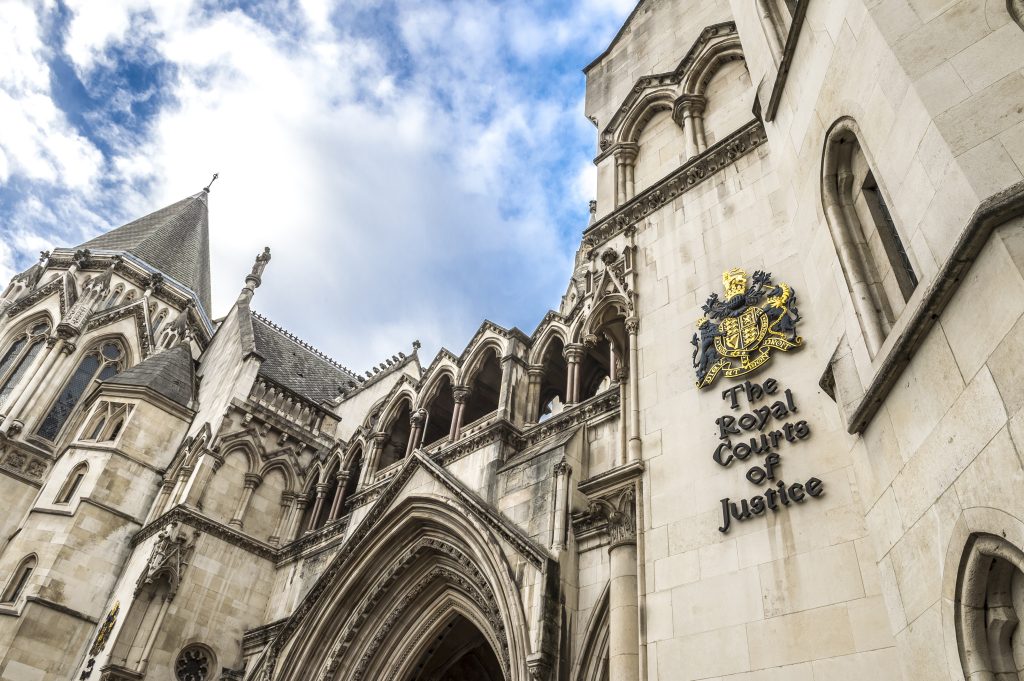
Developing and launching new technology in challenging sectors such as biomedical engineering, medical engineering and bio-engineering faces a number of challenges, particularly for start-ups. In addition to the potentially time and resource draining processes in seeking regulatory approval, start-ups might not have access to the manufacturing and marketing resources available to multi-nationals, seemingly limiting the possibilities in effectively scaling and rolling out. Consequently, brilliant innovation is often lost a long time before reaching the market as the costs are too high.
Without being part of a larger business entity, or having the benefit of a large-scale production facility, innovators can find it hard to see a way to progress these inventions from benchtop to the marketplace. However, there are other ways to monetise an invention, and this is where intellectual property (IP) comes in. Too often, innovation may be shelved because start-ups do not realise their inventions and development can be funded, or indeed monetised, by leveraging their IP.
Intellectual property, and in particular patents, has a reputation as being a costly way to protect inventions, especially when expensive infringement cases are in the news. This can create a distorted view of the purpose and value of IP. Rather than only being a negative right by which one company can sue another, IP should be viewed as an investment in a business, and it can be a valuable tool for parties who want both to protect their ideas and to monetise their inventions. The following discussion focuses on patent rights.
A Patent is an Asset
A patent can transform an idea into a tangible asset that is appealing to investors and buyers. An idea without adequate IP protection can be copied with little consequence. The patenting process involves ‘prior art’ searching; the patent office identifies public disclosures (typically other published patent documents) that may be relevant to the patent application and reports the results.
If the patent office indicates in its report that one or more aspects of the claimed invention that captures the idea is novel and inventive over this prior art, it can be of great reassurance to investors and buyers that the invention is valuable. The idea has become a powerful asset. In addition to providing a deterrent to any third parties seeking to take advantage of the idea, a strong patent application can be used as a tool to showcase the value of a start-up and even support funding rounds; it demonstrates long-term plans and tangible assets of value.
Freedom-to-Operate
On the other hand, the prior art search may reveal that the idea is already in existence, which may diminish its value to a potential buyer or investor due to patent protection being unavailable for the idea as it has previously been disclosed. Furthermore, if the prior art is a patent document then it could potentially pose an obstacle to market entry for the company, i.e. potentially limiting its “f reedom-to-operate” (FTO). Independent “FTO” focused searches may therefore be appropriate prior to bringing an idea to market to provide comfort to the company, and any potential investors, that there are no pre-existing patent rights that might pose an obstacle. This information can also be very valuable as it can prevent a company from investing too much time and resource into commercialising an idea, only to find out that pre-existing third party patent rights then prevent it from being freely marketed.
Non-Disclosure Agreements
Another benefit of a patent is the protection it offers the inventor when entering commercial negotiation with investors and buyers. Inventors must be cautious when approaching prospective buyers or investors if they have not already filed a patent application. NonDisclosure Agreements (NDAs) are often the first resort for those trying to avoid this problem. However, an NDA is only a contractual agreement between two parties, and does not prevent a third party devising your invention in the meantime, and therefore any disclosure of an invention prior to filing a patent application, even if under NDA, should be made with appropriate caution. Moreover, an NDA is not something you can present to an investor or buyer to show that you have exclusive rights over an invention. In terms of maximising the commercial potential of your idea, securing patent rights is therefore of far greater value for a start-up with a desire for investment or an exit.
Saving Costs with Savvy Filing Strategy
It is of the utmost importance for a start-up to minimise costs, but without diminishing any opportunities. A well-planned IP strategy can help in achieving this.
Whilst a start-up may be keen to seek worldwide protection for their invention, patent applications do not need to be filed in multiple countries right away; there are various filing strategies that can be explored depending on the specific circumstances. The most common strategy is initially to file a national patent application in the country in which the start- up has set up to secure the rights to the invention. The start- up then has one year following this ‘priority’ filing date to file further applications for the same invention in other countries of commercial interest. Another option for f iling further applications is to file an international ‘PCT’ application, which is effectively a ‘holding’ application that buys the applicant a further 18 months (a total of 30 months from the initial filing date) before being converted into various national applications. A PCT application can therefore be very useful to delay commercial decisions on where to protect the invention, and also the costs to do so.
The intervening period between initially filing a patent application and having to decide where else to file further applications can be used to secure funding, with the benefit of the national patent application as an asset demonstrating the innovation and commercial nous of the start-up, possibly with the additional benefit of a positive search report issued by the patent office indicating that a patent will likely be granted. When the funding has been successfully generated, the costs of filing national patent applications elsewhere can be taken on. A start-up seeking a quick exit could even use this time to sell or license their rights rather than bringing the innovation to market themselves. This would mean they would potentially only have an outlay of the minimal upfront patent filing costs to secure the attractive potential for patent protection worldwide, with the buyer or licensee assuming the later costs.
Conclusion
Patent rights are a brilliant tool for any start-up to create and demonstrate tangible value and can be very useful in industries such as the biomedical engineering, medical engineering and bio-engineering sectors where bringing an idea to market can be particularly challenging. To improve their chance of success, businesses are well-advised to devise an IP strategy that is integral with their business plan and commercial aims as early as possible to maximise the potential value of these assets, and to mitigate against any potential risks. Patent protection does require initial investment, but if start-ups are savvy about seeking the appropriate professional advice on when and where they file their patent applications, and what to protect, they will be well positioned to reap the rewards.
If you would like to discuss patenting your innovation, your freedom to operate, or any other IP-related matters, please get in touch with our biomedical engineering team: biomedical.engineering@gje.com.






